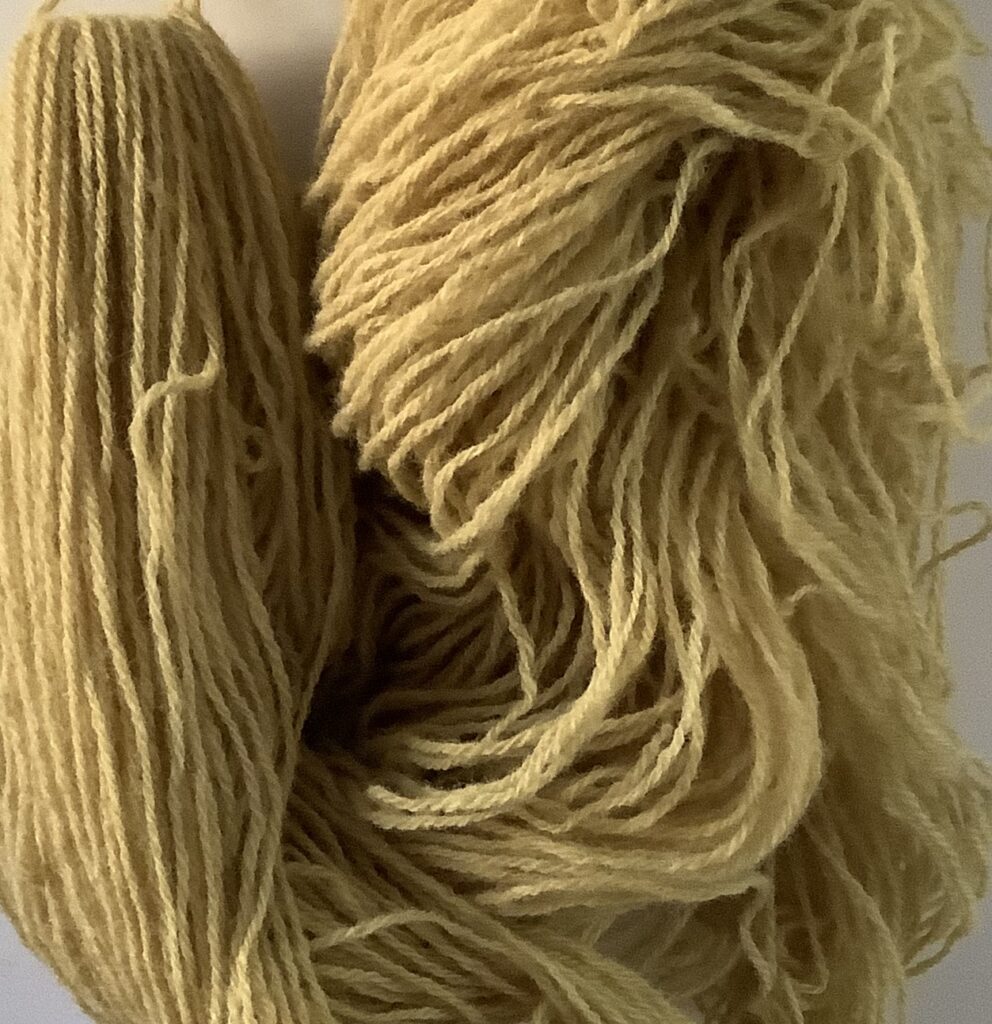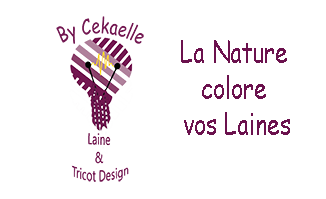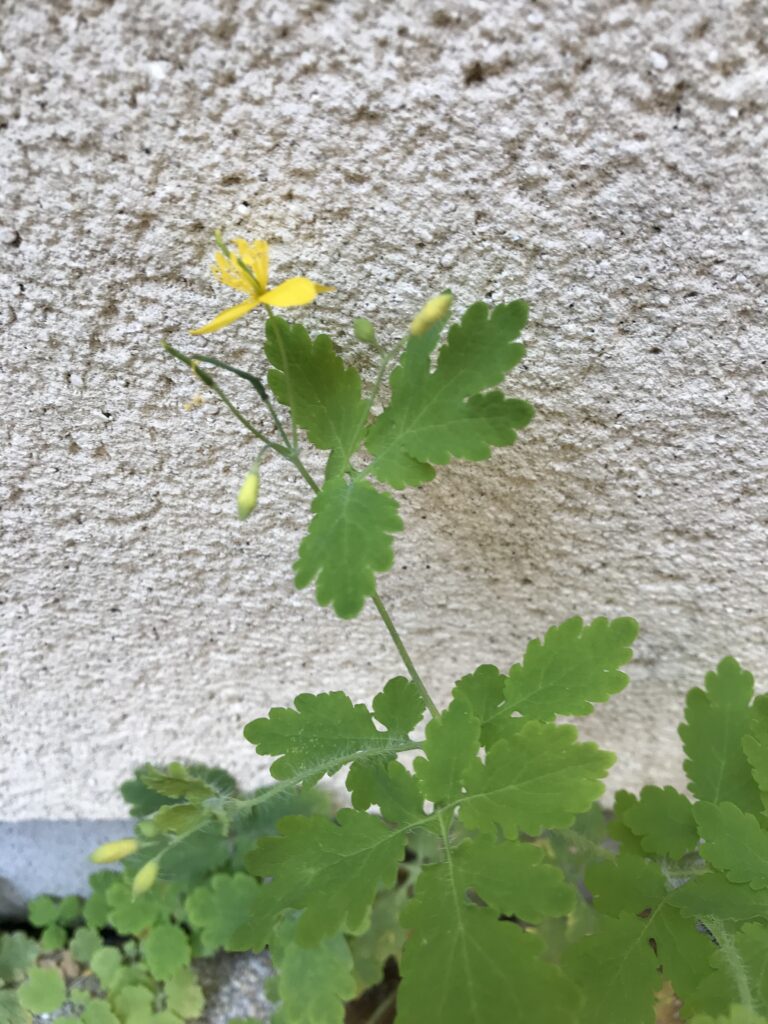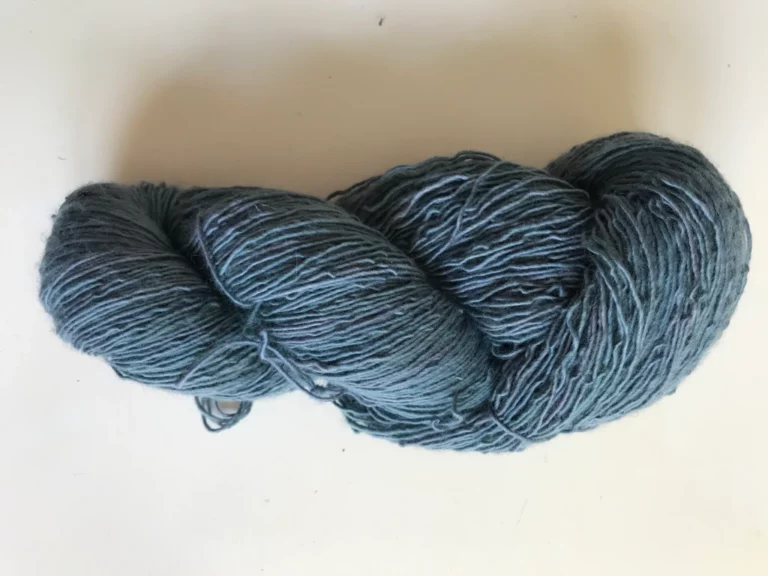
Un peu de botanique : Geranium Robertianum
Le nom Géranium vient du grec geranos qui désigne la grue, faisant référence à la forme de ses fruits. Celui qui pousse à l’état sauvage au fond de mon jardin est geranium robertianum. Il dériverait du nom donné à cette plante au moyen âge : herba ruberta , signifiant herbe rouge (ruber). Puis, par déformations successives, elle sera nommée Herbe à Robert. C’est une plante qui pousse facilement dans des murs en pierre, plutôt à l’ombre. Elle dégage une forte odeur que j’apprécie, lorsqu’elle est froissée.
J’ai trouvé dans le livre « Teindre la Laine avec des plantes » aux éditions de saxe, qu’elle pouvait être utilisée en teinture végétale et hop! C’est parti pour un test !
Bain de teinture
J’ai prévu d’utiliser 300g de plante entière fraiche pour 100g de laine. J’ai coupé grossièrement la plante (dont l’odeur m’enivre!) et rempli ma casserole.

Lorem ipsum dolor sit amet, consectetur adipiscing elit. Ut elit tellus, luctus nec ullamcorper mattis, pulvinar dapibus leoDe l’eau bouillante et une heure de décoction à petit « flopflop » , filtration à travers mon « rideau étamine » et voilà mon bain de teinture opérationnel !
Dyeing
Ma laine a été trempée puis mordancée ( voir l’article « c’est parti pour le premier essai ») avec 10g d’Alun et 5g de Crème de Tartre. J’ai vérifié que ma laine était bien à la même température que le bain de teinture (j’ai ajouté de l’eau pour avoir la quantité suffisante pour couvrir la laine). Et c’est parti pour 1 heure de cuisson à 85-95°C en remuant délicatement toutes les 15 minutes. La laine a refroidi dans le bain de teinture, puis a été rincée en vérifiant la température pour éviter les chocs thermiques.
J’ai obtenu un jaune légèrement vert-beige, assez sympathique mais pas exceptionnel non plus.

Je ne suis pas sûre de recommencer cette teinture ou alors avec un mordançage plus prononcé ( 20g d’alun au lieu de 10g). A moins que je réalise un post mordançage au sulfate de fer ? Je vous expliquerai la méthode ultérieurement.
Je vais quand même récoler la plante et la sécher, on ne sait jamais ….
A très bientôt
CKL




